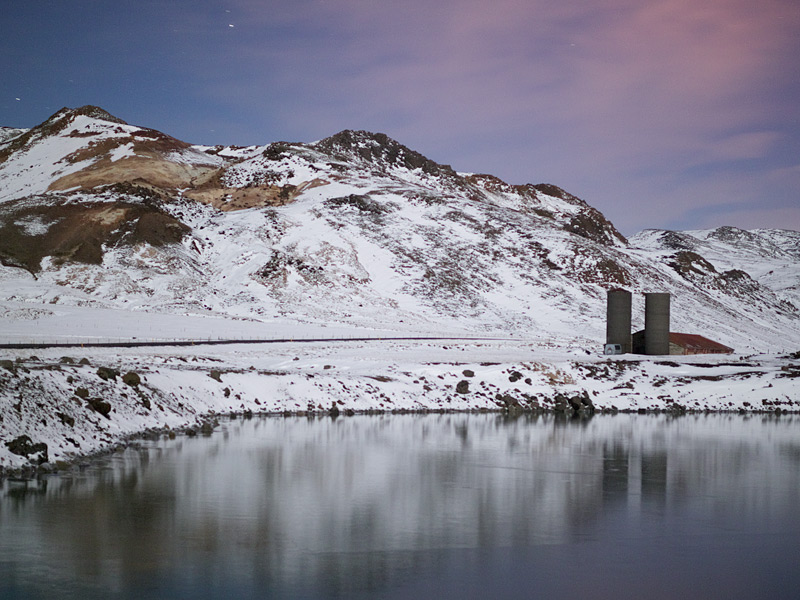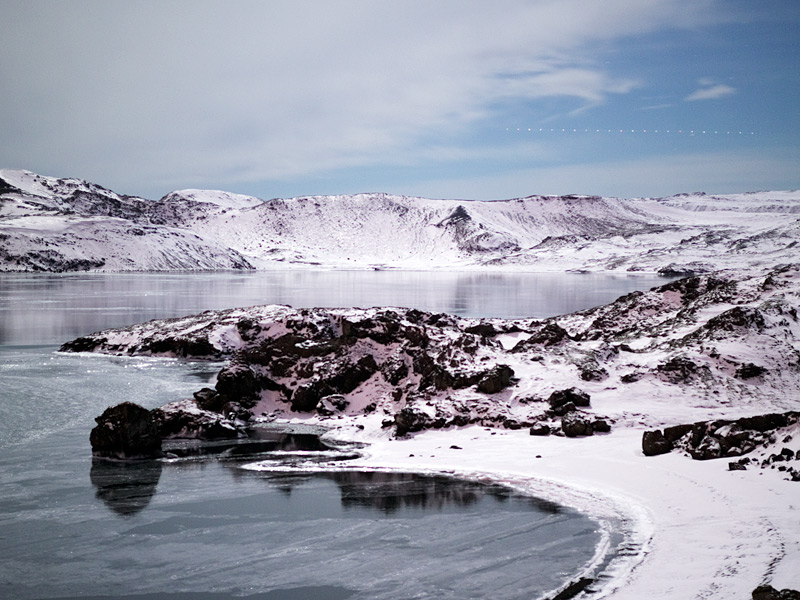Steve Hendrix
Well-known member
I know and it's quite amazing, I can't even recall exactly step for step what I did.Actually, the cat looks to me like he has been selectively converted to monochrome to neutralize the color cast.
But it was done in the C1 Pro 4.6.2 Color Editor and took about 30 seconds like I said. Primarily what occurred was an actual neutral white balance on the door, as seen here, but you can see that his coat still doesn't resemble the neutrality I'm looking for. In both the "color balanced" shot and the final, the white door is reading neutral.
The further neutrality for the final was accomplished by selecting various odd colored fur patches and selectively desaturating them with the Color Editor. It was easy and quick.
I think before C1 Pro 4, the Color Editor was promising, but difficult to use. With C1 Pro V4, it is now much easier and faster, and it's embedded in C1 Pro instead of being a separate application as it was in C1 Pro 3.
Steve Hendrix
Phase One
Steve Hendrix
Phase One


